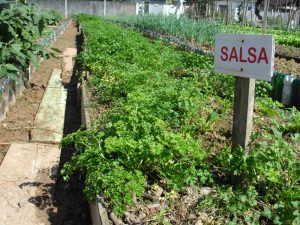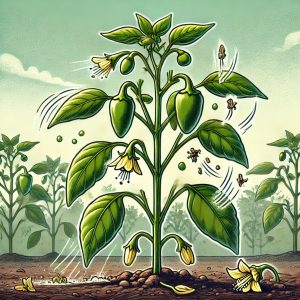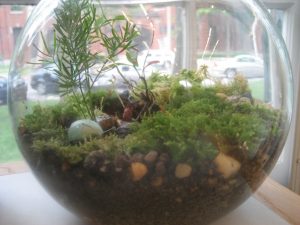Last Updated on August 13, 2023 by teamobn
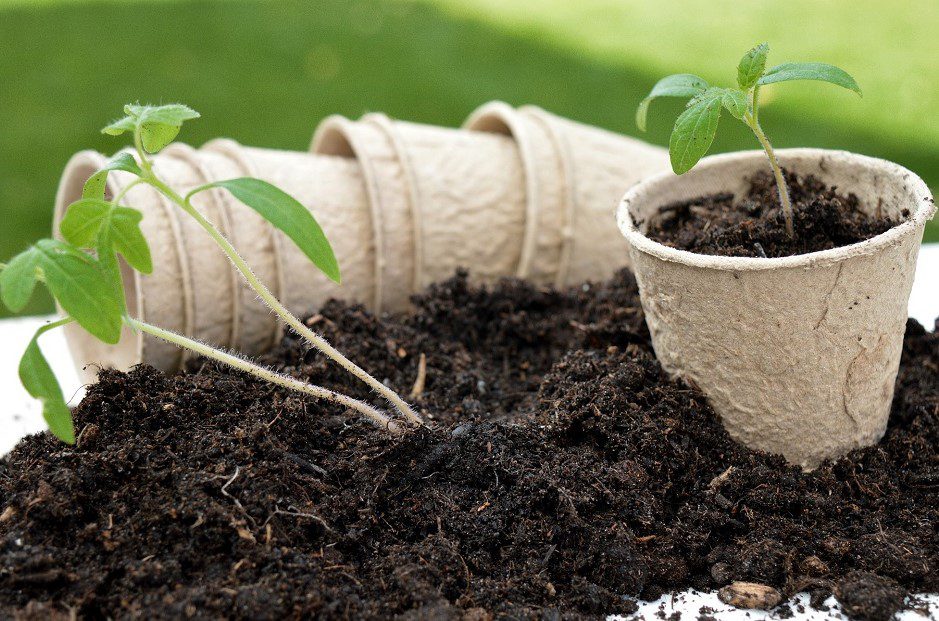
Gardening is a popular pastime and offers a great way to connect with nature, get some exercise and reap the rewards of homegrown produce. But when it comes to the best medium for gardening, there is much debate over water vs soil gardens.
Water gardens are popular for their decorative and aesthetic qualities, and soil gardens are more commonly used for vegetable patches and flower beds. Both can be effective for growing plants, but for different reasons.
If you’re looking to start gardening, you’ve probably stumbled across the heated debates of water and soil gardening. While both can lead to a beautiful outcome, the decision of which to pursue can be difficult to make. Here, we will dive deep into the debates of water vs soil gardens to help you decide which is best for your gardening needs.
1. Factors to consider when choosing between water vs soil gardens
Contents
- 0.1 1. Factors to consider when choosing between water vs soil gardens
- 0.2 2. Maintenance and care for water vs soil gardens
- 0.3 3. Advantages of water gardens
- 0.4 4. Disadvantages of water gardens
- 0.5 5. Advantages of soil gardens
- 0.6 6. Disadvantages of soil gardens
- 0.7 7. Cost comparison between water and soil gardens
- 0.8 8. Ideal plants for each type of garden
- 1 Wrapping it up
One of the most significant decisions you have to make when deciding between a water and soil garden is whether you’d prefer a natural or manmade look. A water garden is perfect for a serene, tranquil atmosphere, with trickling fountains and vibrant flowers. Soil gardens, on the other hand, are best for a more contained, manicured look with neat rows of plants, flowers, and statues.
You will also need to consider your climate. Water gardens require more maintenance in cold temperatures, and will not survive a hard frost. Soil gardens, however, are much more tolerant of cold weather, and can stay in bloom much longer.
And, you’ll need to consider your budget. Water gardens tend to be more expensive to set up and maintain, while soil gardens also require some initial investment, but are much less expensive to upkeep.
2. Maintenance and care for water vs soil gardens
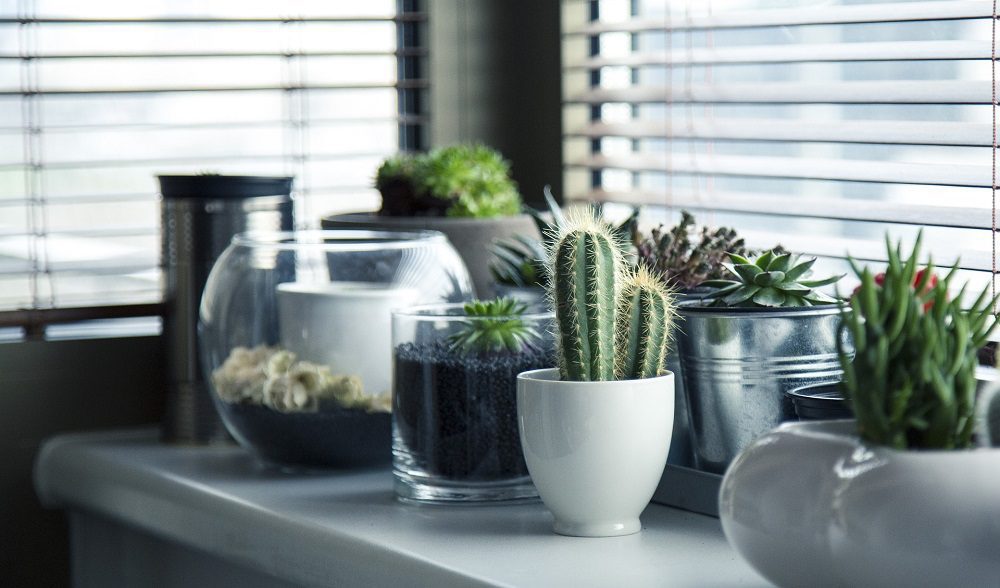
Water vs soil gardens: it’s a battle as old as time. Well, probably not that old, but when it comes to water vs soil gardens, it has long been known that both require a certain level of attention to be successful. Water gardens usually require more frequent maintenance as the standing water can lead to algae and other blockages. This can be remedied by adding water treatments, filters, and even snails!
Soil gardens typically require more time and effort, as they need to be maintained year-round. This includes weeding, pruning, mulching, and fertilizing. Additionally, soil gardens require more water and careful watering techniques to ensure the plants receive enough moisture.
While water gardens are relatively low maintenance and require minimal effort to maintain. The main task is to ensure the pond is regularly cleaned and the water quality is maintained.
It’s a constant battle deciding over water vs soil gardens. But, whatever type gardeners choose, regular maintenance is always essential. The ultimate goal is to keep the pond clean and the water quality high! It is always the key to growing a green and healthy eco-friendly lawn or garden.
3. Advantages of water gardens
The debate over water vs soil gardens has been going on for centuries, but one thing is for sure — both come with their own unique set of advantages and disadvantages. Soil gardens offer a more effortless maintenance experience and access to a large variety of plants, whereas water gardens can provide a stunning, tranquil atmosphere and a home for a variety of aquatic life.
First and foremost, water gardens are perfect for people with limited space, since they can often be built in containers. Additionally, water gardens are much less prone to weed growth, and they require far less water than a soil garden. And, they provide a great way to attract wildlife, as they often become home to frogs, turtles, and other animals.
4. Disadvantages of water gardens
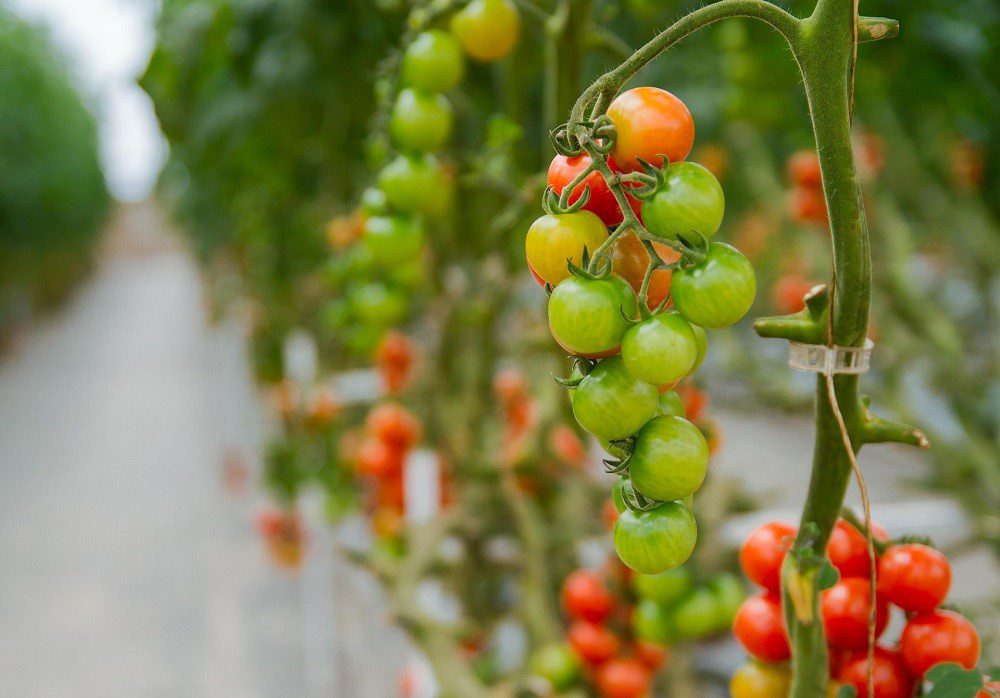
Both approaches have advantages and disadvantages, and the decision is ultimately a matter of personal preference.
Water gardens also have a few drawbacks. Firstly, water gardens can be more expensive to set up than soil gardens. Secondly, water gardens are far more labor-intensive to maintain.
Gardening can be a tricky business — it’s the ultimate conundrum trying to decide between water vs soil gardens!
But don’t worry; by weighing all of the benefits and drawbacks, you’ll be able to select the best option for you. You can make the choice between water vs soil gardens. Both have advantages and disadvantages and depending on your needs, one can be preferable to the other.
If you’re looking for a water garden, you’ll need to be mindful of your water levels and regularly check for any signs of contamination. You’ll also need to filter and clean the water frequently to ensure that your plants are getting the nutrients they need. You should also consider the size of your water garden and the size and type of plants you plan to grow.
And, water gardens are more susceptible to pests and diseases than soil gardens, as the water provides a perfect environment for pests to breed and spread.

5. Advantages of soil gardens
Soil gardens offer a number of advantages over water gardens. For starters, they are easier to maintain. Soil is more forgiving than water when it comes to making mistakes or adjusting to changing conditions.
A soil garden can also be enriched with organic matter to improve its fertility and structure. This can help ensure optimal growth for your plants and can help reduce the need for chemical fertilizers. They also tend to be more attractive and can be designed in various ways, giving you the freedom to customize your outdoor space.
The debate over water vs soil gardens can be a difficult one to settle. While some gardeners prefer the ease and convenience of water gardens, the more traditional and reliable soil gardens offer a more reliable, low-maintenance approach. Soil gardens are incredibly resistant to pests and diseases, meaning you can enjoy a beautiful garden with less time worrying about potential problems.
6. Disadvantages of soil gardens
While soil gardens can be a great way to grow various plants, they come with a few drawbacks that water gardens don’t. First and foremost, soil gardens are not as low-maintenance as water gardens. Since the soil needs to be regularly tended to, they require more effort and time than water gardens.
Additionally, soil gardens are more susceptible to weeds and pests. Soil gardens require specific conditions such as pH levels and nutrient balances, making them more challenging to maintain. And, since soil gardens are more vulnerable to weather and climate conditions, they’re more likely to be damaged by heavy rainfall or scorching summer weather.
When considering a garden, many gardeners find themselves stuck between a rock and a hard place, debating over water vs soil gardens, which will serve them better. However, by weighing their benefits and drawbacks, the ultimate difficult decision can be a little easier.
7. Cost comparison between water and soil gardens
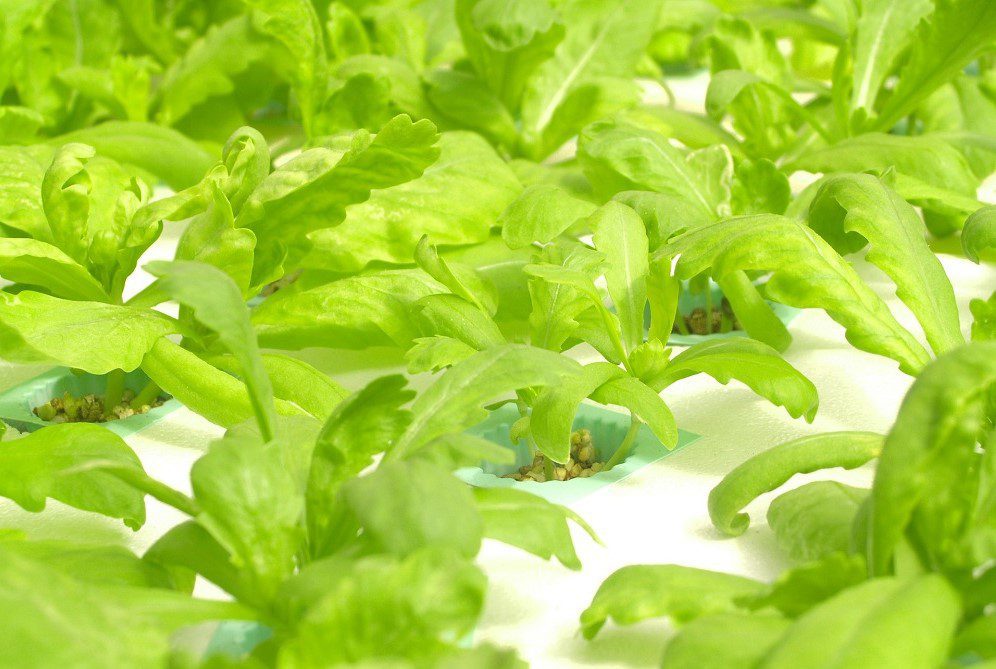
When making a decision over water vs soil garden, there are a lot of factors to consider including the cost. Water gardens are generally more expensive to set up and maintain than soil gardens, as they require additional pumps, filters, and other equipment to keep the water clean. Soil gardens also require special soil, fertilizers, and other supplies, but these costs are usually lower than those of water gardens.
Additionally, water gardens require more frequent maintenance in order to keep the water clean and balanced, which can increase their overall cost. The cost of soil gardens can vary depending on the size and complexity of the project, but they tend to be the more cost-effective option in the long run.
While the upfront costs for soil gardens may vary depending on the scale and complexity, they provide great value for money.
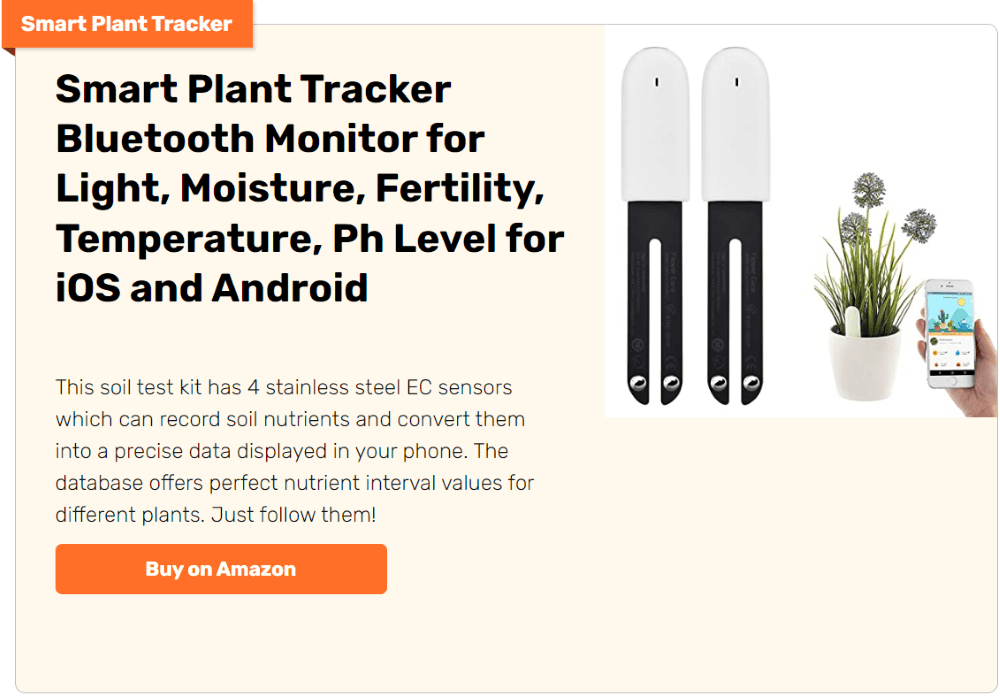
8. Ideal plants for each type of garden
The debate between water and soil gardens has been raging for years, with both sides staunchly defending their respective types of gardens.
While water and soil gardens both provide a great way to grow plants, some plants thrive better in one type of garden the others. Here are some ideal plants for each type of garden. For water gardens, consider water lilies, lotus, and papyrus. For soil gardens, try cabbages, carrots, and tomatoes. If you’re looking for a combination of the two, consider growing watercress, water spinach, and water hyacinth.
Water vs soil gardens — which will you pick? Each of the plant types will bring its own special charm to whichever garden you choose. So the decision is yours — which type of garden will become the home of your flourishing flora?
Wrapping it up
Overall, whether to grow plants in water or soil depends on the type of plants you want to grow and the amount of effort you are willing to put in. Water vs soil gardens? While water gardens require less maintenance and tend to have fewer problems with pests, soil gardens have a greater variety of plants you can choose from.
Both water gardens and soil gardens are excellent ways to grow plants, but each has distinct advantages.
What’s your take on water vs. soil gardens?
It’s the ultimate showdown — water vs soil gardens. Which type of garden is best?


